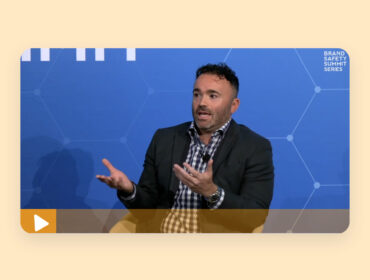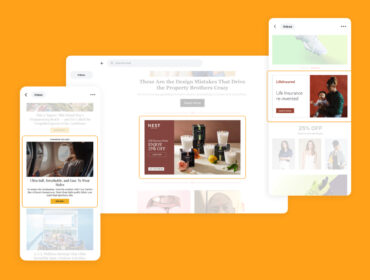How 3 Ecommerce Destinations Overcame the Challenges of Growing a Brand
When growing a direct-to-consumer brand, you’ll undoubtedly face challenges and growing pains. But as with any great undertaking, one of the best ways to prepare yourself for the potential stresses on the horizon is to learn from the experiences of pioneers that’ve already braved the unknown. Kind of like the Oregon Trail, but with less typhoid.
We recently sat down with some of our fastest growing direct-to-consumer clients to discuss challenges they’ve encountered and how they overcame them. Here are a few potential problem areas you can keep in mind as you continue to grow your brand:

The challenge: Scaling creative to keep up with new product launches
Performance apparel company vuori struggled with scaling creative at the same rate as spend, says customer acquisition manager Bret Fredrickson. As the company added new products to its rapidly expanding line of apparel, the team found they needed to create unique message points for each product.
“We needed to be able to drive customers to a wide assortment of products to choose from” while also delivering clear details about each item, Fredrickson says. Using simple, clear creative messaging like “One short, every sport” to convey the utility of a product called “core shorts” helped vuori build fandoms around multiple SKUs within each product category.
The takeaway: Figure out what makes each of your products – not just your brand – great individually, then tout the benefits to customers in an easy-to-understand way.
The challenge: Diversifying acquisition efforts beyond Facebook
eBags marketing manager Rebecca Lavietes says one of the brand’s biggest challenges was diversifying acquisition budgets outside of just Facebook and branded keyword search.
“We made a big investment on Facebook in 2016, and that was our primary acquisition channel for a good chunk of time,” she shares. “Obviously, more recently, a lot of companies have started advertising in those same spaces, and that’s just driven costs up. That makes it harder for us to drive the same traffic and revenue that we were. We’re continuing to really grow with Facebook, but we’re also looking elsewhere. We have a renewed focus on new customer acquisition and bringing that metric to the forefront in our company discussions about how we’re evaluating the business.”
The takeaway: Continue to invest in customer acquisition channels that are growing your business, but always be testing new channels so you can better mediate eventual dips in performance.

The challenge: Managing inventory against trends
Zach Goldstein, founder and CEO of leisurewear brand Public Rec, says it can be difficult to manage inventory since there’s a 60-to-120-day delay between buying fabric and having finished goods to sell. “There’s a risk that you take in terms of how much inventory you’re comfortable buying,” he says. “If you sell it all and it goes great, then all of a sudden you’re out of inventory again. We’re kind of continually working through it.”
The takeaway: Monitoring customer response early can help inform decisions about reorders, restocking, and variance across SKUs.
No business (direct-to-consumer or otherwise) is immune to growing pains, but having the right technology and the right partners will help your team come out stronger on the other side. Learn more about how you can better prepare to face those challenges by watching the full webinar, available on-demand.




